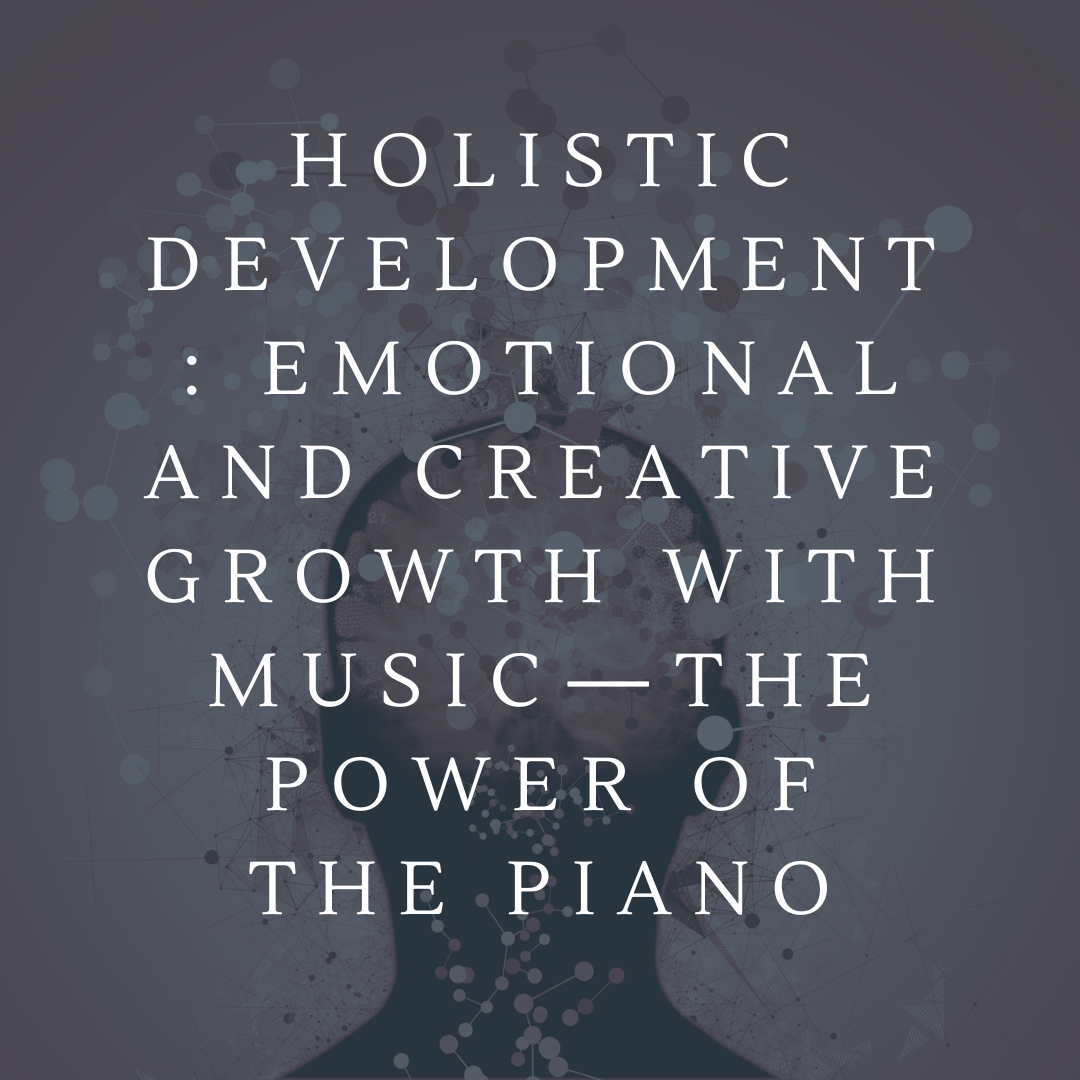
Now that we have addressed let off, drop, and repetition lever spring adjustment in our previous discussions, rounding out the four primary adjustments is the back-check.
The back check itself is a small wooden block covered with a small piece of felt, over which, a strip of leather is stretched. It is mounted to the back end of the key with a wire that provides easy adjustment.
Its purpose is to catch the hammer after striking the string, in a position of approximately 5/8 of an inch from the string. When the hammer is called upon to repeat in rapid succession, the hammer does not have to begin from its initial resting position, but instead can begin its abbreviated journey back to the string, in essence, taking a shortcut.
Therefore, grand pianos can repeat notes faster than uprights. For it to function properly, both the surface and condition of the leather and hammer tail must be correct.
Too smooth a tail and a repetition lever spring that is too tight, the hammer will get sent back to strike the string again. A “bobble”, a very undesirable and noticeable condition.
Working together, the hammer checking, correct repetition spring adjustment, along with a few other variables, work together to create a very responsive action. One that is a joy to play.
Comments will be approved before showing up.

Music has long been recognized as a powerful tool for emotional and creative growth. Among all musical instruments, the piano stands out as a gateway to self-expression, cognitive development, and emotional well-being. Whether you're a beginner learning your first melody or a seasoned pianist composing intricate harmonies, playing the piano fosters holistic development in ways that go beyond the keys.

Buying a piano is an exciting and significant investment, whether you’re a seasoned pianist or just starting your musical journey. With so many options available, it’s important to choose one that fits your needs, budget, and space. Here’s a comprehensive guide to help you navigate the process.

Your piano isn’t a piece of furniture; it’s an heirloom, a creative outlet, and an investment. Protecting it from the effects of the changing seasons ensures it remains a source of joy and music for years to come.